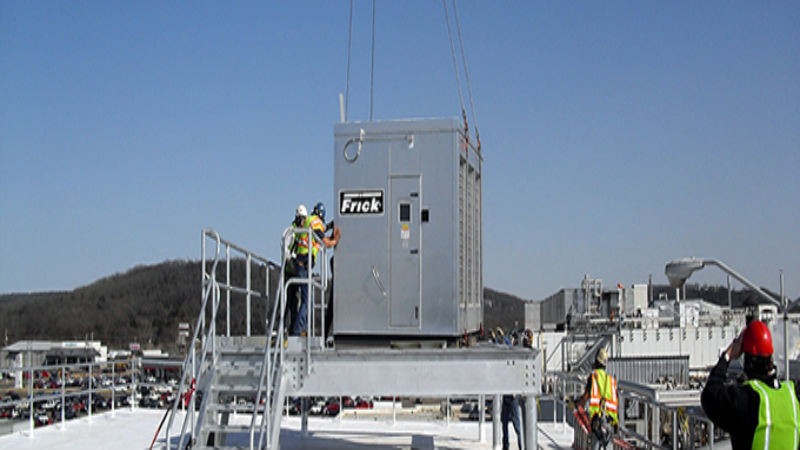It is important to carefully distinguish between a Stub Acme and an Acme thread. The exact production and product standards for a Stub Acme thread can be found in the ASME/ANSI B1.8 description.
Recognizing the Difference
In most cases, the Stub Acme thread is the preferred choice when there is a shallow depth required on the thread. They are considered a coarse pitch thread and have the same general shape as the standard Acme thread.
However, there is one important difference between the two. Instead of the half of the nominal pitch depth of the Standard Acme thread, the Stub Acme has a thread depth which is slightly less than half of the pitch depth.
Options to Consider
Within this thread option, there are also different variations. This includes two different forms known as Modified Form 1 and Modified Form 2. These are modified forms on either side of the standard, with the Modified Form 1 having smaller pitch and minor diameters than the standard and Modified Form 2 having larger minor diameters and pitch.
The Various Uses
There are several reasons and applications where using the Stub Acme thread is an ideal option. This is often the preferred option when the lead screw has a small diameter. With the shallow depth on the thread, there is a larger central core of the lead screw, maintaining the strength of the screw down the length. With deeper threads, the strength would be slightly reduced, which could have an impact on performance and life cycle.
Additionally, in very precise applications, the lower thread translates to less surface area, which in turn means less contact with the nut and less friction. This allows the nut to move more easily up and down the lead screw as required.






